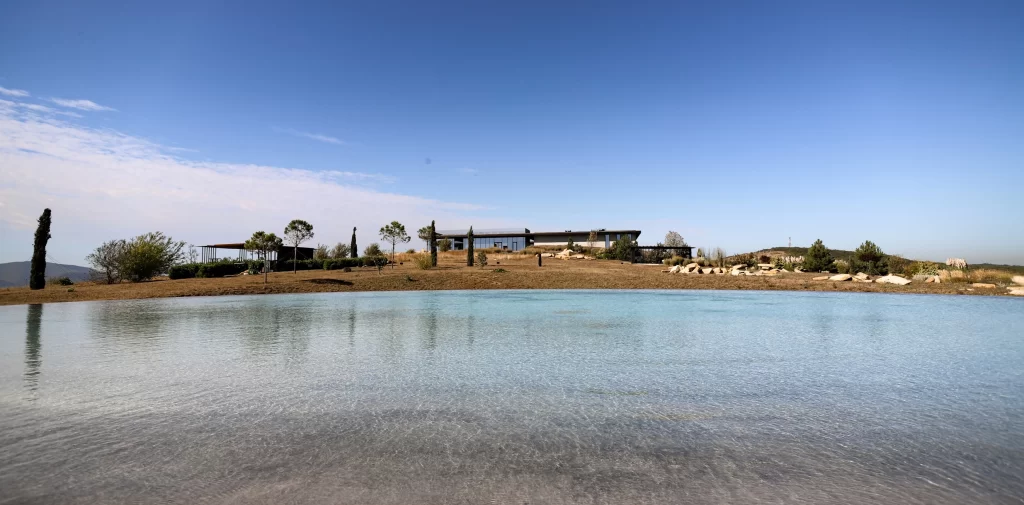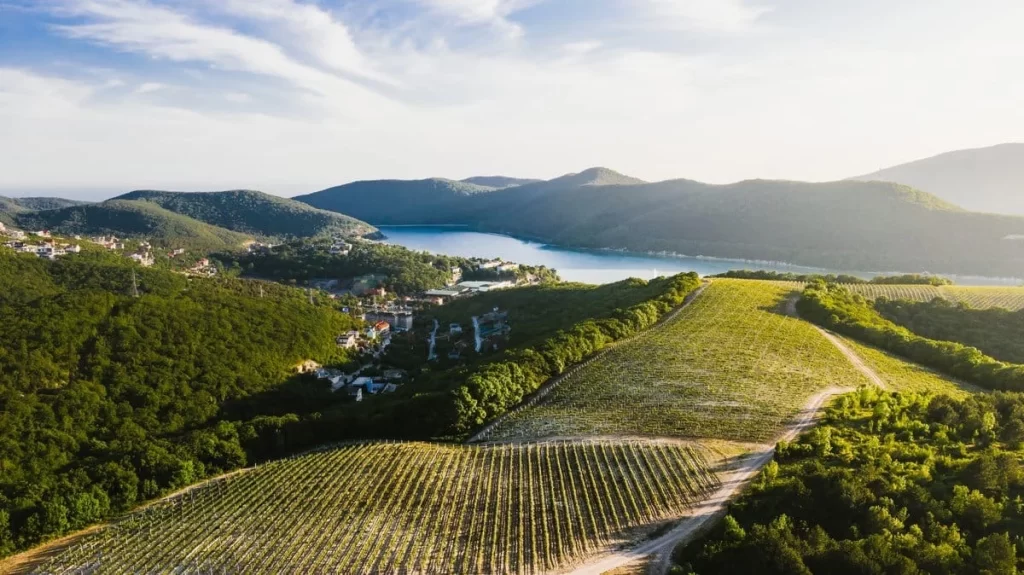In 2024, global wine consumption is estimated to fall to 214.2 million hectoliters (mhl), a 3.3% decrease compared to the previous year, according to the OIV report. This marks the lowest volume recorded since 1961, signaling a notable shift in global drinking habits. The trend of declining wine consumption has been unfolding steadily since 2018, with several key factors contributing to this downturn, including economic challenges, geopolitical tensions, and changing consumer behavior across major markets.
One of the most significant contributors to the drop is the reduction in wine consumption in China, which has averaged a loss of 2 million hectoliters annually since 2018. The onset of the COVID-19 pandemic in 2020 further exacerbated the situation, with lockdown measures and restrictions on social gatherings leading to a sharp decline in consumption across the globe. While the hospitality industry rebounded in 2021 with the easing of pandemic restrictions, wine consumption in key markets remained subdued, particularly in 2022 due to geopolitical disruptions, such as the ongoing conflict in Ukraine.
In 2023, inflationary pressures and high production costs caused wine prices to rise sharply, pushing many consumers to reduce their spending on alcohol. The trend has continued into 2024, with the highest wine prices ever recorded in many markets, further dampening demand. Fifteen out of the top twenty wine-consuming markets experienced a reduction in wine consumption, signaling a clear pattern of decreased demand across both mature and emerging markets.
Major Wine Markets Struggle
The European Union, which accounts for nearly half of global wine consumption, saw a decrease in demand of 2.8% in 2024, totaling 103.6 mhl. Traditional wine markets like France, Italy, and Germany, the three largest wine markets in the EU, reported significant drops in consumption. France, the leading wine-consuming country in Europe, saw a 3.6% decrease in wine consumption, while Italy and Germany experienced similar declines of 0.1% and 3.0%, respectively. However, some countries in the EU bucked the trend, including Spain and Portugal, which saw modest increases in wine consumption for the second consecutive year.
Outside Europe, the United States, the world’s largest wine market, experienced a 5.8% decline in consumption, reaching 33.3 mhl. Similarly, Canada saw a 6.4% drop, continuing its trend of decreasing wine consumption for the fourth consecutive year. Other major markets, including Japan and Australia, also showed modest declines in wine consumption, reflecting a broader global shift away from traditional alcoholic beverages.
Resilience Amid Challenges
Despite the downward trend in most countries, a few markets showed signs of resilience. In Russia, for example, wine consumption rose by 2.4% in 2024, reaching 8.1 mhl, driven by increasing internal demand. South Africa’s wine market also remained dynamic, with a slight decline of 2.8%, while other African markets showed growth. In the Americas, Brazil’s wine market saw a modest increase in consumption, defying broader regional trends.
However, the decline in global wine consumption is not only a response to economic pressures but also reflects changing social habits. Younger generations, in particular, are less likely to drink wine compared to older consumers. A shift towards alternative beverages, such as craft beers, spirits, and low-alcohol options, has influenced this transition. Additionally, the growing health-conscious movement, as well as a focus on sustainable and organic drinking choices, is reshaping the alcohol market globally.
The Future of Wine Consumption
Looking ahead, it remains uncertain whether wine consumption will ever return to pre-pandemic levels. As more consumers gravitate toward other types of beverages, the wine industry faces an uphill battle. However, some regions, like Portugal, are bucking the trend, showing that regional preferences and cultural factors still play a significant role in wine consumption. With changing tastes and economic factors shaping global consumption patterns, the future of the wine market will likely continue to evolve in unexpected ways.







